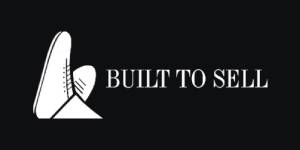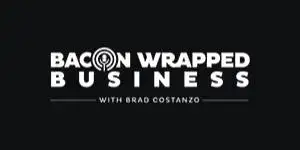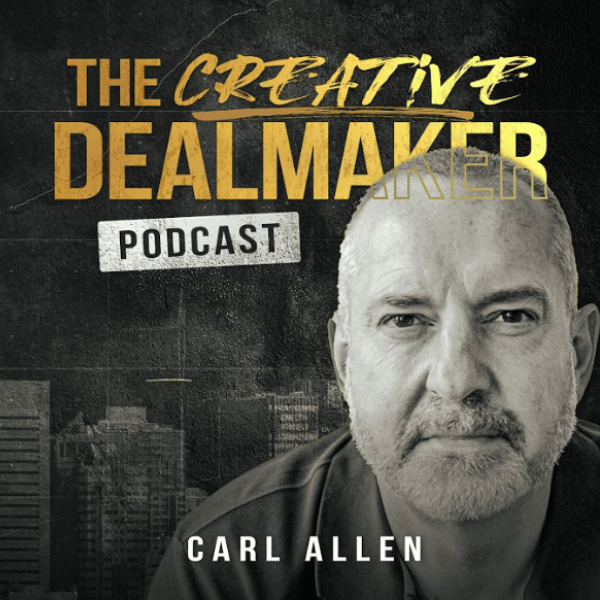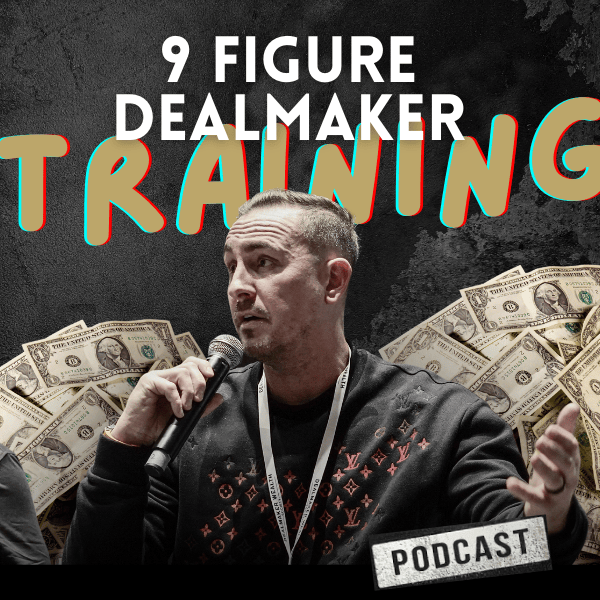
If a business was the human body, working capital would be the blood in its veins.
A business can’t operate successfully without it…
Nor can you buy a business without it.
If you are evaluating deals from business brokers, it’s not unusual for the business to be offered WITHOUT working capital.
Why? Brokers are in the business of selling businesses to other businesses.
If an existing business makes an acquisition, the target business doesn’t necessarily need working capital inside of it because the acquiring business has its OWN working capital to apply to a combined operation.
Furthermore, trade buyers (i.e. commercial buyers) typically only buy assets like customer lists, inventory, goodwill, IP, etc.
If you’re buying a business using an LBO structure as an individual or a group of buyers, you’ll need the working capital inside of the acquisition target.
In fact, you’ll need to acquire the business with EVERYTHING inside of it so you can continue operating without skipping a beat.
Negotiating working capital into the deal is CRITICALLY important on order to establish the level you ideally want to see on the day you close the deal.
More is better. You want the highest amount of working capital possible.
So what exactly IS working capital? Let’s define this accounting term in detail…
Working capital (WC) — also known as net working capital (NWC) — is the difference between a company’s current assets, like cash and accounts receivable (AR) inventory…
And its current liabilities, such as accounts payable (AP), notes payable and taxes due to the government.
When we speak about an asset or liability, current means anything that can generate or consume cash within a 12-month period.
AR and AP are almost always current. If you owed someone $500K, and $400K of that was payable within 12 months, it would be a current liability.
(If the other $100K is payable in more than 12 months, it’s termed a long-term liability and is NOT part of the working capital calculation.)
Written as an equation, working capital is:
WC (or NWC) = Current Assets (CA) – Current Liabilities (CL)
(Current liabilities are sometimes also called “net current assets.”)
Let’s run through an example…
Say Super Co. Inc. has the following balance sheet:
Fixed assets
Equipment, real estate, etc. = $500K
Current Assets
Cash = $100K
AR = $200K
Inventory = $150K
Other = $50K (e.g., prepayments for goods and services not yet consumed)
Total CA = $500,000
Current Liabilities
AP = $150K
Notes Payable = $100K
Taxes Payable = $50K
Other = $50K (i.e., accruals for goods and services yet to be paid for)
Total CL = $350K
Long-Term Liabilities = $250K (e.g., bank loans)
Owner’s Equity (Shareholder’s Funds) = $400K (i.e., fixed assets + current assets – current liabilities – long term liabilities)
(Owner’s equity is also called net asset value (NAV) or net book value (NBV). It’s essentially the liquidation value of the balance sheet.)
But let’s get back to working capital (WC) = CA – CL. Given the balance sheet above…
WC = $500K – $350K = $150K
However, we know businesses are seasonal and that working capital can flex up and down over the course of a year.
If you are buying an ice cream business, expect WC to be higher in the summer and lower in the winter.
Many retail businesses have higher WC in the fourth quarter around the holidays but lower WC during the summer when everyone is on vacation.
The point is to understand how the WC flexes throughout the year in the business you’re buying. This way you can negotiate what amount of WC you want to see in the deal at closing.
For that, you need the business’s MONTHLY balance sheets.
It’s a critical part of your deal analysis… and part of the financial information you need to collect after meeting with a seller.
Let’s assume these were the WC balances for Super Co Inc. over a year:
Jan. = $120,000
Feb. = $100,000
Mar. = $90,000
Apr. = $130,000
May = $140,000
Jun. = $150,000
Jul. = $160,000
Aug. = $180,000
Sept. = $200,000
Oct. = $170,000
Nov. = $140,000
Dec. = $130,000
Avg. = $142,500
Assume these are the balances for the previous 12-months. If you were closing the deal in March, you would absolutely need at least $90K. If you were closing in September, you would need $200K.
So which do you use? The highest amount you can negotiate.
There are THREE numbers here to consider:
- Lowest WC level = $90,000
- Highest WC level = $200,000
- Average WC level = $142,500.
Remember, higher WC is better for YOU.
In this deal, I would start with the highest number and negotiate down to the average, if necessary. But I would NOT go below that.
The negotiated number then gets inserted into your letter of intent (LOI), sometimes also known as Heads of Terms.
Still, that doesn’t necessarily mean it’s what you’ll get at closing — there can be two other scenarios:
- The WC you inherit is LOWER than what’s set in the LOI. In this case, you REDUCE the closing payment by that amount.
- The WC you inherit is HIGHER than what’s set in the LOI. In this case, you would be expected to INCREASE the closing payment by that amount, which you should do if the increase in WC is caused by CASH. If the increase is related to higher amounts of AR or inventory, you may not have the liquidity to pay it out in cash at close. Instead, you may need to negotiate EITHER paying for it once you have the funds (i.e., as inventory is sold or cash is received from collecting the AR). OR, you add it to the first-year seller financing payment.
So, that’s working capital. It’s critical component of any deal with lots of moving parts.
Inside of the Dealmaker CEO program, I show you exactly how to break this (and many OTHER parts of the buying process) down and construct an LOI so you don’t get burned.
Until next time, bye for now.
















